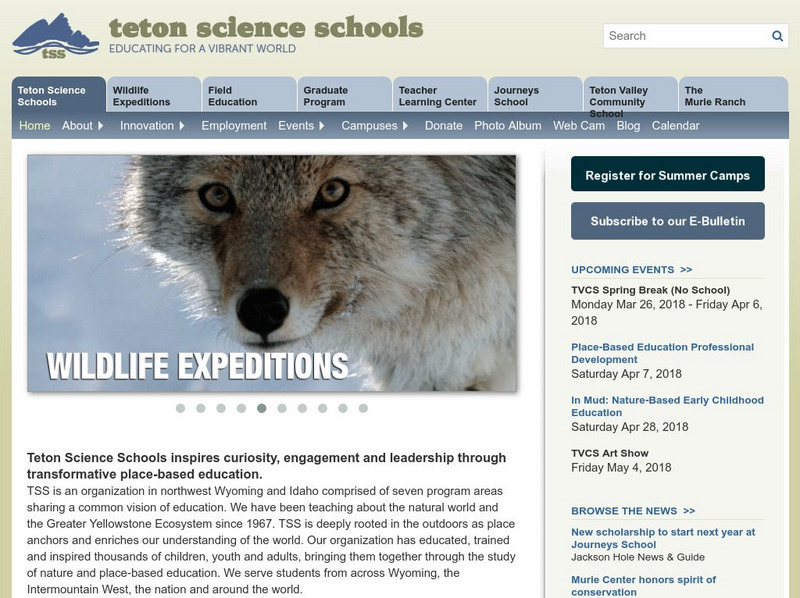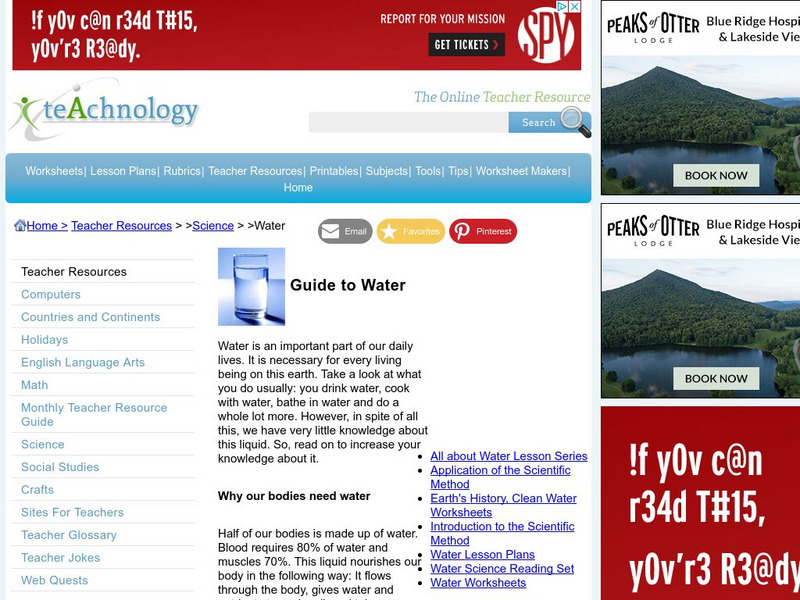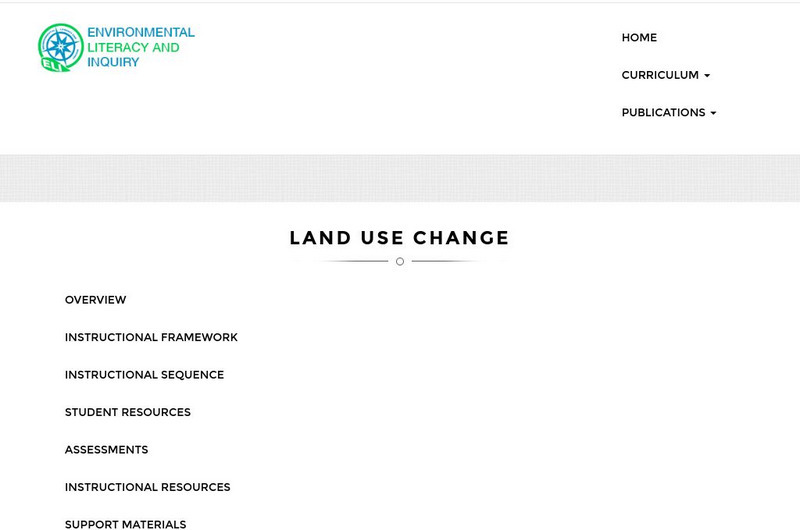American Museum of Natural History
What's This? Reproduction
Attracting the right mate is as important for humans as any other species. An interesting lesson teaches individuals about several strategies that animals and plants have adapted to attract their mates. From colorful nests to powerful...
American Museum of Natural History
Saving Species
Some scientists dedicate their lives to researching and protecting endangered species. An online lesson teaches about three scientists around the world who do just that. They learn about spiders, mollusks, and reptiles from North...
American Museum of Natural History
Wonderful World of Wasps
Shockingly, wasps sometimes challenge lions as the king of predators! Learners explore the life of a wasp in an interactive online lesson. They read about the characteristics of wasps and then complete activities to learn about their lives.
University of California
University of California: Understanding Science: How Science Really Works
Need a tutorial about the nature and process of science? Here is your one stop for knowledge about what science is, how it works, science and society, and why science matters. This site expands on your scientific toolbox by allowing you...
Other
Ministry of Science and Innovation: Science Learning Hub
Designed to support the effective teaching of science in New Zealand Schools, this portal provides resources to support teacher professional development. Science educators can find resources for content for their own learning, in...
Other
Teton Science School
This school is dedicated to teaching individuals about the greater Yellowstone ecosystems. There are over 2,000 plant, animal and bird species. They have programs for all levels of students and workshops for teachers.
The Wonder of Science
The Wonder of Science: K Ess3 3: Environmental Solutions
This NSTA vetted source includes resources to teach ideas on reducing the impact of humans on the environment. Included are assessment ideas, videos, examples, lesson plans, and photos of student work.
US Department of Education
U.s. Department of Education: Science in the Home Activities
You don't need to be a science teacher in order to teach science at home! This site has a great list of activities along with everything you will need to conduct them.
Teachnology
Teachnology: Water Theme Resources
For any educator preparing a teaching theme/unit on water, this is the site for you! Included are links to a myriad of lesson plans, worksheets, hands on activities, web quests, interactive sites, and famous scientists and inventors.
University of California
University of California Museum of Paleontology: Understanding Evolution
This resource presents extensive information for learning about and teaching evolution including an in depth course "Evolution 101", teaching materials, and a resource library.
American Museum of Natural History
American Museum of Natural History: Five Tools and Processes for Translating the Ngss Into Instruction and Classroom
The Five Tools and Processes for Translating the NGSS are designed to help professional development leaders work with teachers on curriculum, instruction, and assessment as they achieve this vision. Click the link for each tool for an...
Other
Lehigh University: Land Use Change
An inquiry-based science unit for middle school students centered on how human activities affect environmental changes related to land use. The lessons integrate technology and lab activities while teaching about today's land use and how...
Other
American Mathematical Society: Mathematical Moments
Use this resource to promote an awareness of mathematics as it occurs in nature, science, technology and human culture. This series of articles and podcasts can be used as teaching resources.
Other
University of Cambridge: Cavendish Laboratory
The Cavendish Laboratory is the Department of Physics of the University of Cambridge, part of the School of the Physical Sciences. Probably the most famous lab on earth. Endowed by the family of Henry Cavendish.













